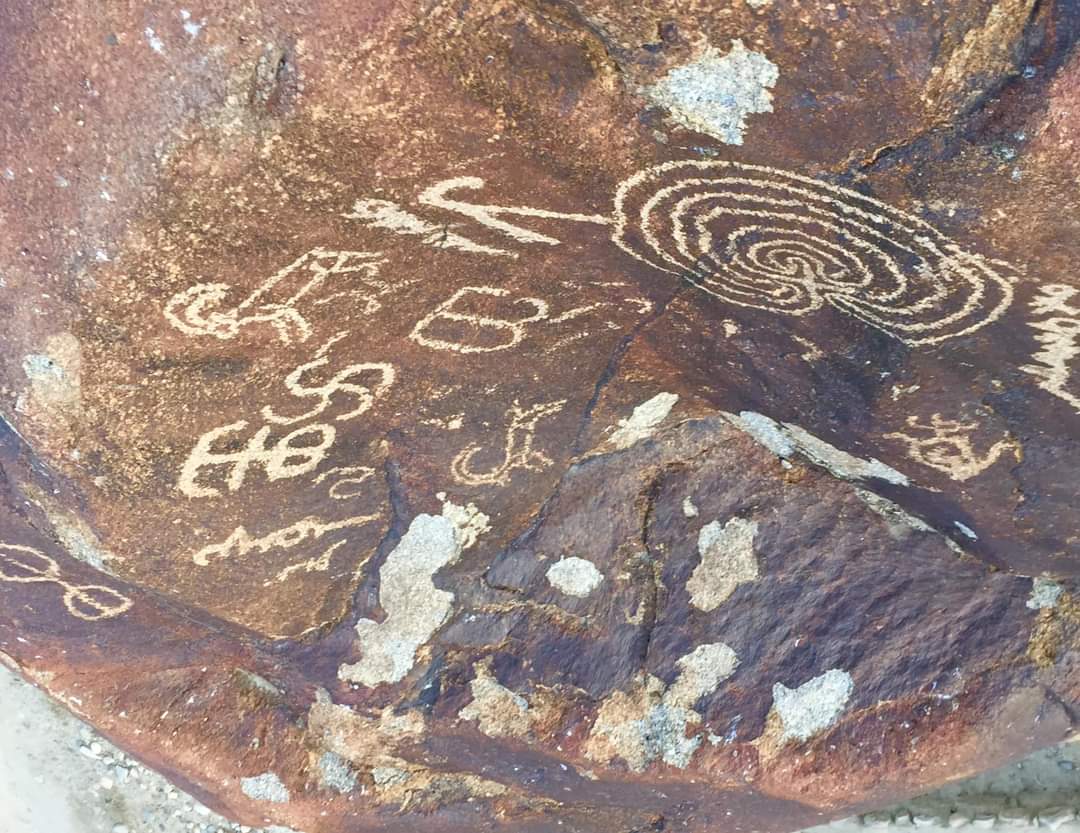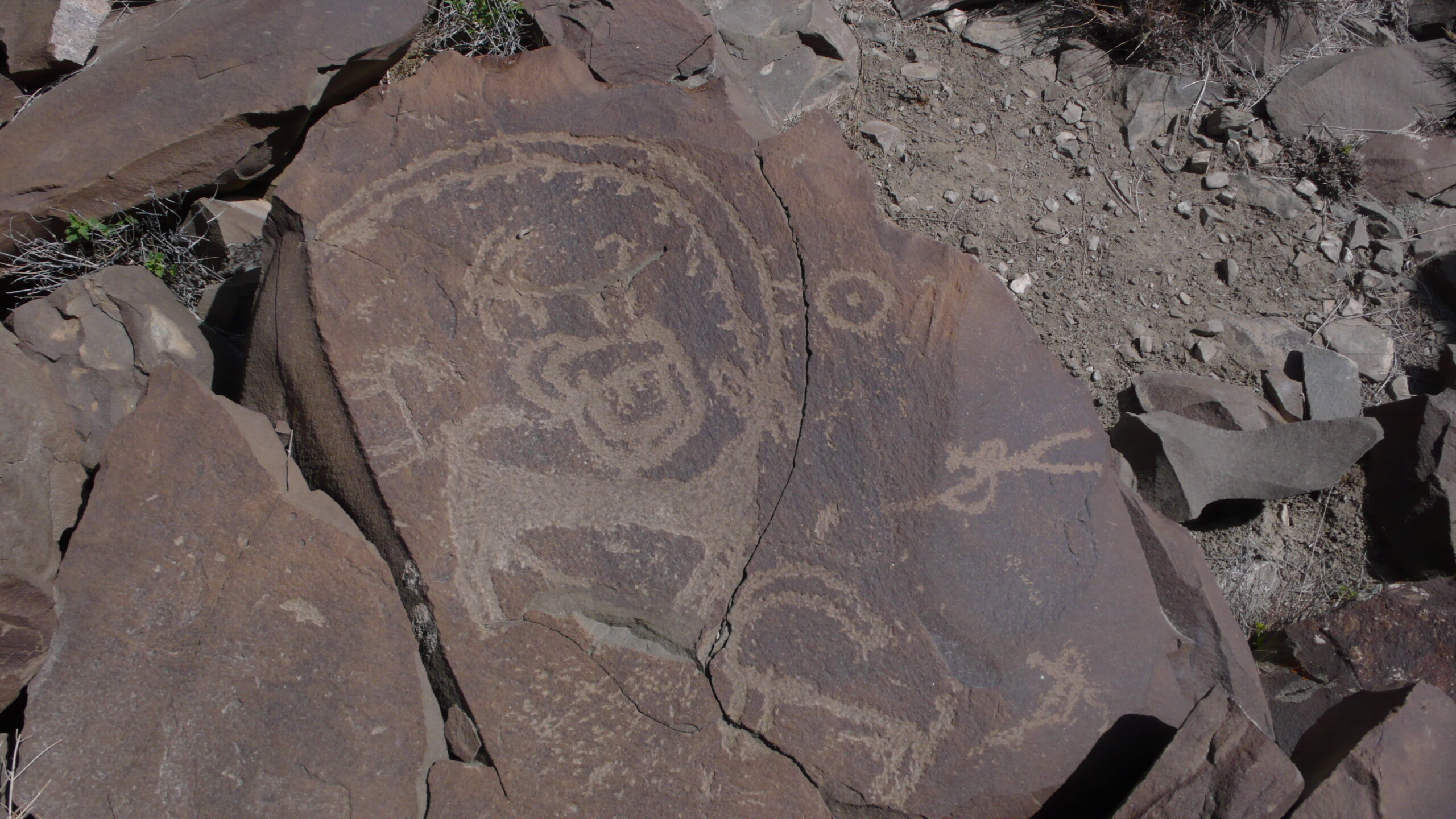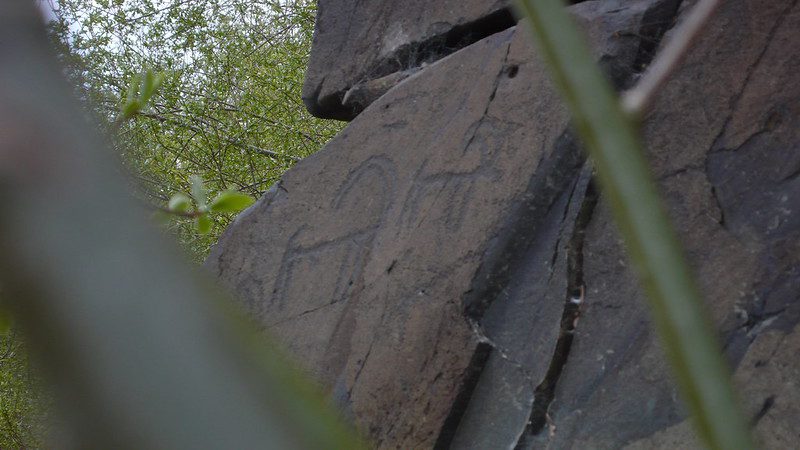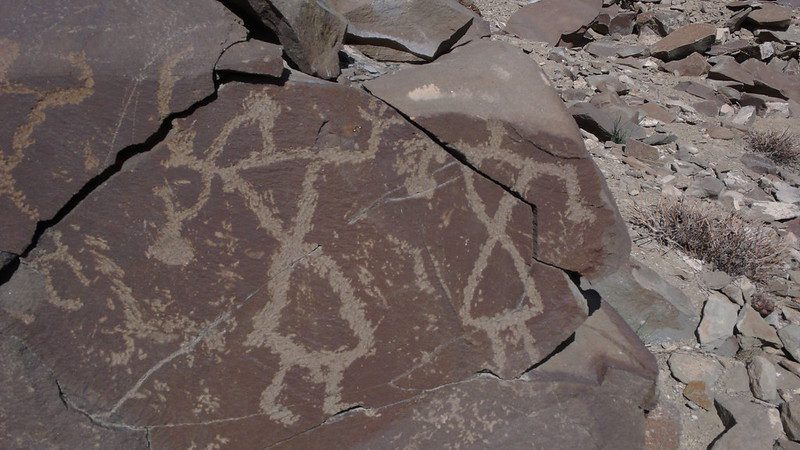Ladakh, an enchanting region in northern India, is celebrated for its stunning landscapes, high-altitude deserts, and profound spiritual heritage. But beneath its rugged terrain lies a wealth of hidden history that dates back to prehistoric times. Ancient petroglyphs and mystical caves in Ladakh offer a glimpse into early civilizations, revealing sacred symbols, carvings, and ritual sites that shaped the cultural identity of the region. This journey into Ladakh’s past uncovers the captivating rock art and sacred caves that continue to intrigue historians, travelers, and spiritual seekers from around the world.
Introduction to Ladakh’s Hidden Prehistoric World
Ladakh is home to some of the world’s most fascinating and lesser-known historical sites. Among these are ancient petroglyphs—rock carvings that represent some of the earliest forms of human communication—as well as mystical caves that have served as sites of spiritual meditation for centuries. These sacred sites in the Himalayas hold stories of early human civilizations, shamanistic practices, and enduring religious traditions. A journey through Ladakh’s petroglyphs and caves is an exploration of both history and spirituality, a unique blend that draws in visitors from around the world.
“Ladakh’s ancient sites are remarkable. I had the privilege of seeing petroglyphs up close and felt like I was touching history itself.”
– Alexei Romanov, Historian, Russia
The Fascinating Petroglyph Sites of Ladakh
What Are Petroglyphs? A Quick Guide to Rock Art
Petroglyphs, or rock carvings, are images or symbols that ancient people carved into stone surfaces. These carvings are one of the oldest forms of art and have been found all over the world, serving as a visual language used by early humans to express ideas, document events, or mark significant locations. In Ladakh, petroglyphs often depict animals, human figures, and symbolic patterns. Each carving offers clues about the lives, beliefs, and social structures of the people who once inhabited this land.
Ladakh’s Key Petroglyph Sites and Their Historical Significance
Ladakh boasts several petroglyph sites, each with unique historical significance. The villages of Dha-Hanu and Khaltse are especially renowned for their petroglyphs. These locations along the Indus River feature carvings that may date back thousands of years, showcasing scenes of hunting, dancing, and ancient symbols. Some of the oldest petroglyphs in these areas are believed to be from the Bronze Age, linking Ladakh to a broader prehistoric narrative that extends across Asia.
“As an anthropologist, discovering the petroglyphs in Dha-Hanu felt like finding pieces of a puzzle connecting early Himalayan culture to the rest of the world.”
– Priya Sen, Anthropologist, India
The Preservation of Ladakh’s Rock Art and Challenges
Despite their historical value, many of Ladakh’s petroglyphs face preservation challenges. Weathering, human interference, and lack of awareness are all factors that threaten these ancient carvings. While local and international conservation efforts are underway, these cultural heritage sites still require increased protection. Ladakh’s petroglyphs serve as irreplaceable records of human history, deserving of preservation for future generations.

Exploring the Mystical Caves of Ladakh
The Cultural and Spiritual Importance of Ladakh’s Caves
Ladakh’s mystical caves hold deep cultural and spiritual significance. For centuries, these caves have served as sanctuaries for meditation and worship, drawing monks, shamans, and spiritual seekers. In Ladakhi Buddhism, caves are often regarded as gateways to deeper understanding and higher states of consciousness. Many of these caves are found in remote, high-altitude locations, symbolizing the journey to spiritual enlightenment.
Famous Mystical Caves in Ladakh and Their Legends
Some of Ladakh’s caves are famous not only for their isolation but for the legends surrounding them. The Saspol Caves, for example, are known for ancient Buddhist murals that reflect both artistic skill and religious devotion. These caves offer a glimpse into the spiritual practices of early Tibetan Buddhism, with paintings depicting Buddha, deities, and scenes from the life of enlightenment seekers. Other caves are said to be places where shamans conducted rituals, seeking connection with spiritual realms.
“Walking through the Saspol Caves was a surreal experience. The murals are breathtaking, and you can feel a palpable sense of peace.”
– Marie Dubois, Art Historian, France
The Role of Ladakh’s Caves in Buddhist and Shamanistic Practices
Both Buddhist monks and shamans have used Ladakh’s caves for centuries. For monks, caves offer an ideal setting for meditation, providing isolation and serenity. For shamans, caves were places to connect with spirits or perform rituals believed to channel the power of nature. This unique blend of Buddhist and shamanistic practices makes Ladakh’s caves distinct in their spiritual significance.
The Role of Ancient Art and Symbolism in Ladakh
Symbols and Meanings: Deciphering Ladakh’s Petroglyphs
The symbols carved into Ladakh’s rocks range from animal figures to abstract shapes, each with distinct meanings. Common motifs include ibexes, representing strength and vitality, and sun symbols, possibly representing the life-giving force. These carvings provide insights into the beliefs, daily lives, and hopes of Ladakh’s early inhabitants. Understanding these ancient symbols allows us to connect with the prehistoric past on a deeper level.
Comparison with Other Ancient Rock Art Across India
Ladakh’s petroglyphs have unique characteristics that set them apart from other prehistoric art sites in India. While regions like the Bhimbetka rock shelters in Madhya Pradesh also feature ancient art, Ladakh’s petroglyphs are heavily influenced by the high-altitude environment and local spiritual traditions. This distinction emphasizes Ladakh’s unique cultural evolution.
Artistic Techniques Used in Ancient Petroglyphs
Ladakhi petroglyphs reflect various techniques, from chiseling to engraving, showing early inhabitants’ adaptability and skill. Carvers likely used stone tools to create lasting impressions on rock surfaces, ensuring their messages would survive for generations. The artistic methods reveal not only creativity but also a strong connection to the natural resources of the region.

Significance of Ladakh’s Ancient Sites in Modern Times
Impact on Ladakh’s Cultural Heritage and Identity
Ladakh’s petroglyphs and mystical caves are more than historical artifacts; they’re integral to the region’s identity. These heritage sites play a crucial role in defining Ladakh’s image as a center for spirituality, art, and culture. The legacy of early Ladakhis is still celebrated and forms an essential part of modern Ladakhi pride.
Ladakh’s Ancient Sites and Sustainable Tourism
Sustainable tourism is vital to preserving Ladakh’s archaeological sites while allowing visitors to explore these cultural treasures. Tourists are encouraged to follow respectful practices, avoiding damage to carvings or leaving litter in caves. Local guides and eco-tourism initiatives promote responsible tourism to balance preservation with exploration.
“Our trekking group made sure to follow eco-tourism guidelines. Experiencing Ladakh’s caves and petroglyphs without disturbing them was unforgettable.”
– Tom Higgs, Environmental Consultant, United Kingdom
How Ancient Sites Contribute to Ladakh’s Tourism Industry
Ladakh’s petroglyphs and mystical caves draw international visitors, fueling the local economy. The region has seen a rise in cultural tourism, as people from around the world come to experience the unique blend of history, art, and spirituality. By maintaining these sites, Ladakh strengthens its reputation as a destination for historical tourism.

Practical Guide to Exploring Ladakh’s Petroglyphs and Caves
| Best Season to Visit | Weather Conditions | Recommended Activities |
|---|---|---|
| April to June | Mild, clear skies | Petroglyph site visits, trekking, guided tours |
| September to October | Crisp autumn air, less crowded | Exploring caves, cultural excursions |
Best Time to Visit Ladakh’s Historical Sites
The best time to explore Ladakh’s prehistoric sites is during the late spring and early autumn months. The weather is milder, and many sites are more accessible. Avoid the harsh winter months when roads to remote areas can be closed.
Top Travel Routes to Ladakh’s Ancient Petroglyph Sites
For travelers interested in Ladakh’s hidden gems, popular routes include trips along the Indus Valley, where numerous petroglyph sites are located. Experienced guides can offer historical context and help navigate remote locations safely.
Essential Tips for Responsible Tourism in Ladakh’s Archaeological Areas
To protect Ladakh’s ancient sites, visitors are encouraged to practice responsible tourism. Avoid touching carvings, refrain from littering, and respect the spiritual significance of caves. Supporting local guides also helps promote sustainable tourism in Ladakh.
Conclusion: Preserving Ladakh’s Ancient Heritage for Future Generations
Ladakh’s ancient petroglyphs and mystical caves are more than just historical artifacts—they are cultural treasures that connect us to a time before written history. These carvings and sacred sites remind us of early human creativity, spiritual devotion, and our shared connection to the past. To ensure that Ladakh’s legacy endures, it’s crucial to continue preserving these historical sites while promoting responsible tourism practices.

“I came to Ladakh looking for adventure but left with a deep respect for its heritage. These ancient sites offer something profound.”
– Elena Marinova, Teacher, Bulgaria
Frequently Asked Questions (FAQs)
What are the most famous petroglyph sites in Ladakh?
The villages of Dha-Hanu and Khaltse are known for their petroglyphs, with carvings depicting scenes from early Ladakhi life. These sites, especially along the Indus River, offer some of the oldest rock art in the region.
Are the caves in Ladakh open to the public for exploration?
Many mystical caves, like the Saspol Caves, are open to the public, though some may have restricted access due to preservation efforts. It’s always best to visit with a guide.
What is the spiritual significance of Ladakh’s caves?
These caves have been used by monks and shamans for meditation and rituals. They hold great spiritual importance as places for reflection and connection with nature.
How old are Ladakh’s ancient petroglyphs?
Ladakh’s petroglyphs are believed to date back thousands of years, with some carvings possibly from the Bronze Age, making them among India’s oldest rock art forms.
How can I practice responsible tourism when visiting Ladakh’s ancient sites?
Respect the site by not touching carvings, taking all litter with you, and staying on designated paths to protect both the environment and the historical integrity of these sites.
What should I pack for a trip to Ladakh’s prehistoric sites?
Pack essentials such as sturdy hiking boots, warm clothing for the evenings, sun protection, and plenty of water. Depending on the season, a rain jacket or thermals may also be useful.








